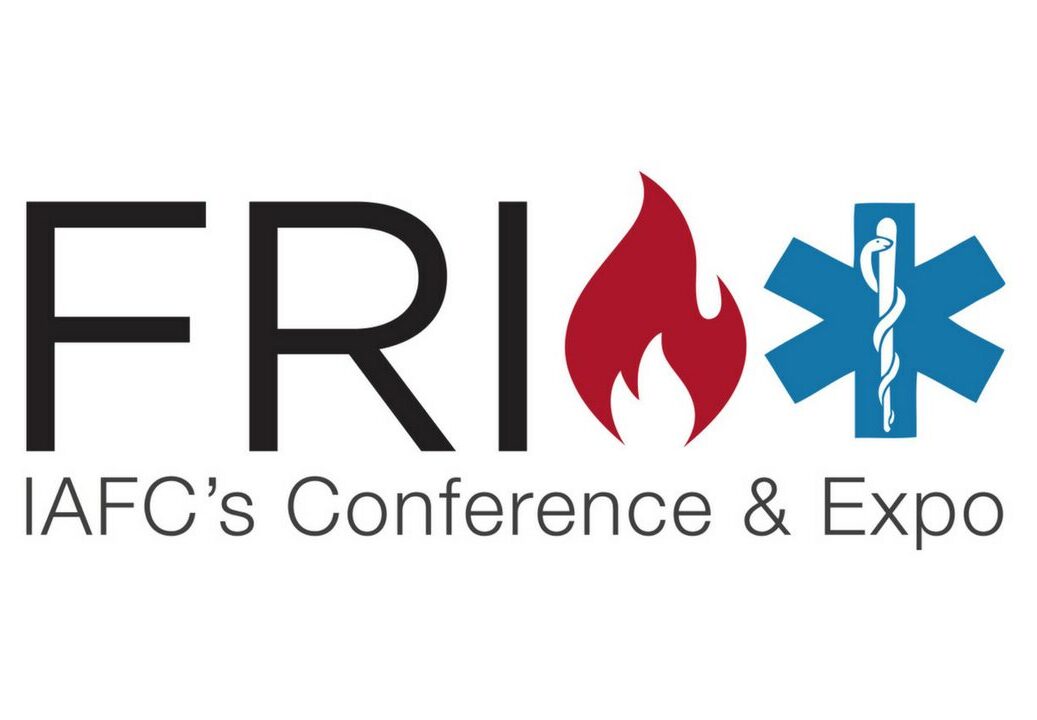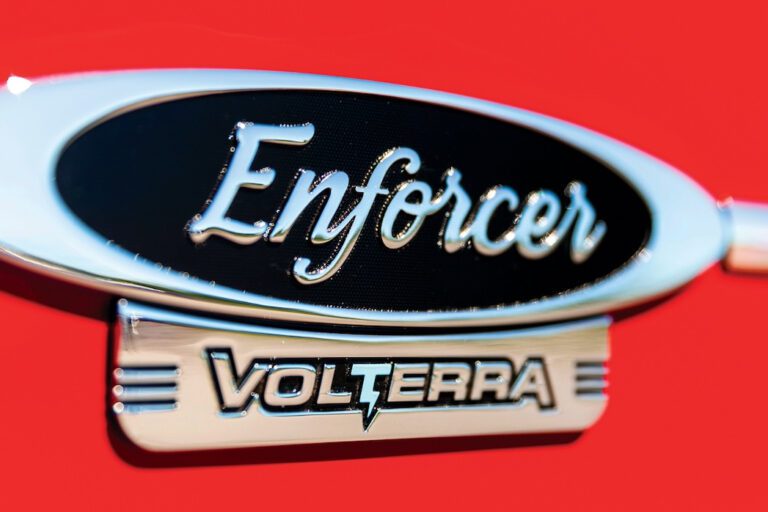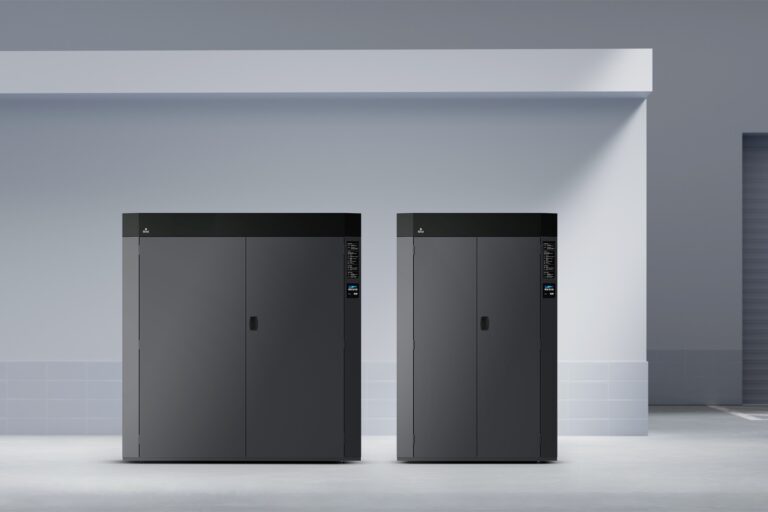Hyundai Glovis has begun deploying an advanced onboard fire detection system across its fleet of electric vehicle (EV) carrier ships, in a move aimed at strengthening safety standards amid rising concerns over lithium-ion battery fires.
Developed by Consilium Safety Group, the Safety Management Interface Graphics (SMiG) system is being installed on vessels operated by Hyundai Glovis, which handles more than 50% of South Korea’s EV export logistics. The initiative, launched in 2024, is part of a broader strategy to improve real-time situational awareness for crews managing fire risks at sea.
The SMiG system integrates data from onboard smoke and heat detectors, converting it into an interactive visual map that pinpoints potential fire locations in real time. This contrasts with traditional systems that typically provide only approximate coordinates.
During a recent drill on the 65,000-ton cargo vessel Sunrise, SMiG identified a simulated fire using a blinking red marker—allowing crew members to assess and respond to the hazard with increased speed and accuracy.
“Data from across the ships is translated into something visual and actionable,” said Isak Nordberg, Global Product Manager at Consilium. “It’s designed to give early warnings when every second counts, often giving crews up to four extra minutes.”
He added: “Decisions that once depended on guesswork were now grounded in data.”
Consilium has indicated plans to adapt the SMiG system for use in land-based environments, including multi-storey car parks and logistics centres – facilities where lithium-ion battery fires also present growing risks.
“In a garage, four minutes might not be enough to act,” Nordberg explained. “But if we could stretch that to 12, firefighters might have a realistic chance of reaching the location on time.”
He noted that unlike at sea, land-based fire detection often relies on external emergency response, making early warnings even more critical.
Consilium is exploring the potential for collaboration with vehicle manufacturers to access real-time battery temperature data. Such data sharing could enhance SMiG’s predictive capabilities and extend the early detection window.
“Those four minutes of early detection might stretch to 12 if we had that data,” said Nordberg. “This is the kind of innovation we must continue pursuing through collaborations to make places safer.”
The rollout of SMiG across Hyundai Glovis’ EV carrier fleet signals a growing emphasis on integrated, data-driven safety technologies as the maritime sector adapts to the challenges posed by electric vehicle transport.
To read more news and articles see our latest issue here.
Never miss a story… Follow us on:
LinkedIn: International Fire Buyer
Twitter (X): @Firebuyer
YouTube: @FireBuyerTV
Media Contact
Rebecca Spayne, Managing Editor, International Fire Buyer
Tel: +44 (0) 1622 823 920
Email: [email protected]




































